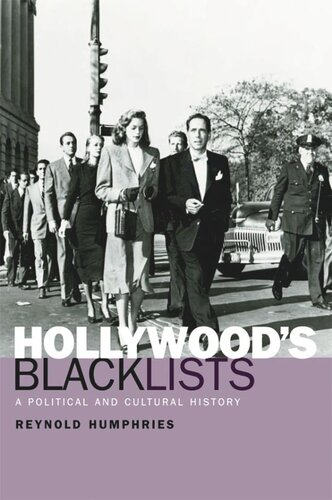

Most ebook files are in PDF format, so you can easily read them using various software such as Foxit Reader or directly on the Google Chrome browser.
Some ebook files are released by publishers in other formats such as .awz, .mobi, .epub, .fb2, etc. You may need to install specific software to read these formats on mobile/PC, such as Calibre.
Please read the tutorial at this link: https://ebookbell.com/faq
We offer FREE conversion to the popular formats you request; however, this may take some time. Therefore, right after payment, please email us, and we will try to provide the service as quickly as possible.
For some exceptional file formats or broken links (if any), please refrain from opening any disputes. Instead, email us first, and we will try to assist within a maximum of 6 hours.
EbookBell Team

0.0
0 reviewsGBS_insertPreviewButtonPopup('ISBN:9780748624553');
'Are you now or have you ever been a member of the Communist Party?' That question was to be repeated endlessly during the anti-Communist investigations carried out by the House Committee on un-American Activities (HUAC) in the early 1950s. The refusal of ten members of the film industry to answer the question in 1947 led to the decision by studio bosses to fire them and never to hire known Communists in the future. The Hearings led to scores of actors, writers and directors being named as Communists or sympathisers. All were blacklisted and fired.
Hollywood's Blacklists is a history of the political and cultural factors relevant to understanding the why and the how of the various investigations of the alleged Communist infiltration of Hollywood. What was HUAC? What propaganda role did films play during World War II and the Cold War? What values were at stake in the confrontation between Left and Right that saw the former so resoundingly defeated and expelled from Hollywood? Answers to these and other questions are offered via analyses of the motives of the various players and of the tactics deployed by HUAC to reward collaboration and punish dissent.
Key themes include: